This German based new study concludes that Glyphosate residue could reach humans and animals through feed and excreted in urine. Presence of glyphosate in urine and its accumulation in animal tissues is alarming even at low concentrations.
Detection of Glyphosate Residues in Animals and Humans
Link to Full Study: omicsonline.org
Authors: Monika Krüger, Philipp Schledorn, Wieland Schrödl, Hans-Wolfgang Hoppe, Walburga Lutz and Awad A. Shehata
Abstract
In the present study glyphosate residues were tested in urine and different organs of dairy cows as well as in urine of hares, rabbits and humans using ELISA and Gas Chromatography-Mass Spectroscopy (GC-MS). The correlation coefficients between ELISA and GC-MS were 0.96, 0.87, 0.97and 0.96 for cattle, human, and rabbit urine and organs, respectively. The recovery rate of glyphosate in spiked meat using ELISA was 91%. Glyphosate excretion in German dairy cows was significantly lower than Danish cows. Cows kept in genetically modified free area had significantly lower glyphosate concentrations in urine than conventional husbandry cows. Also glyphosate was detected in different organs of slaughtered cows as intestine, liver, muscles, spleen and kidney. Fattening rabbits showed significantly higher glyphosate residues in urine than hares. Moreover, glyphosate was significantly higher in urine of humans with conventional feeding. Furthermore, chronically ill humans showed significantly higher glyphosate residues in urine than healthy population. The presence of glyphosate residues in both humans and animals could haul the entire population towards numerous health hazards, studying the impact of glyphosate residues on health is warranted and the global regulations for the use of glyphosate may have to be re-evaluated.
Conclusions
Glyphosate residue could reach humans and animals through feed and excreted in urine. Presence of glyphosate in urine and its accumulation in animal tissues is alarming even at low concentrations.
Unknown impacts of glyphosate on human and animal health warrants further investigations of glyphosate residues in vertebrates and other non-target organisms.






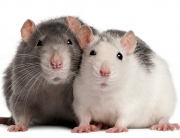










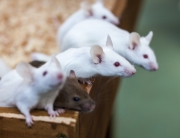
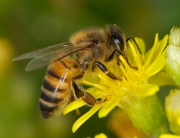




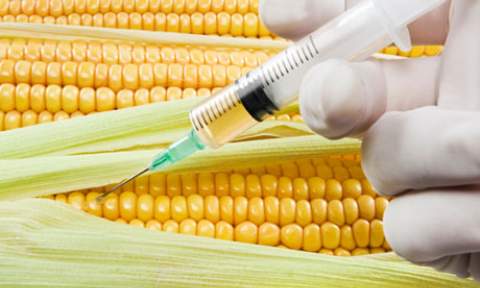

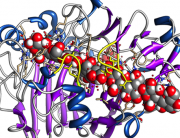



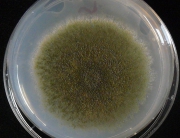
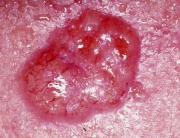


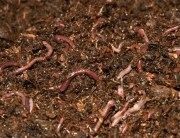


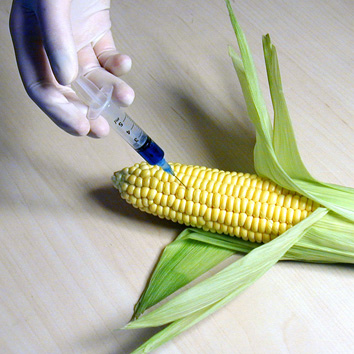

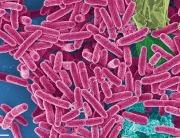




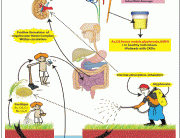





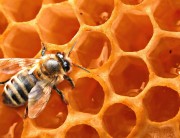
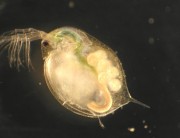

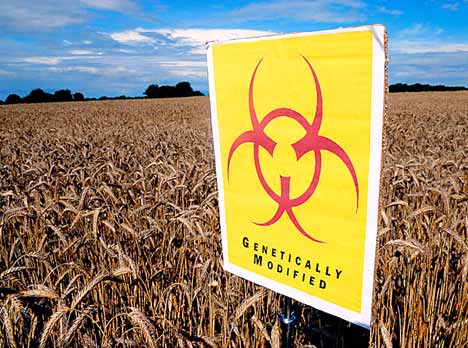




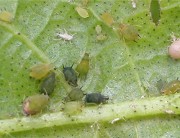

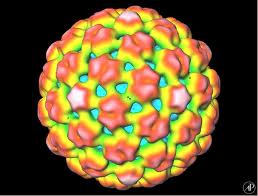
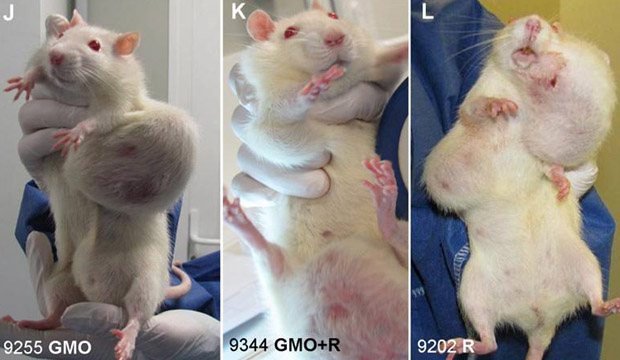

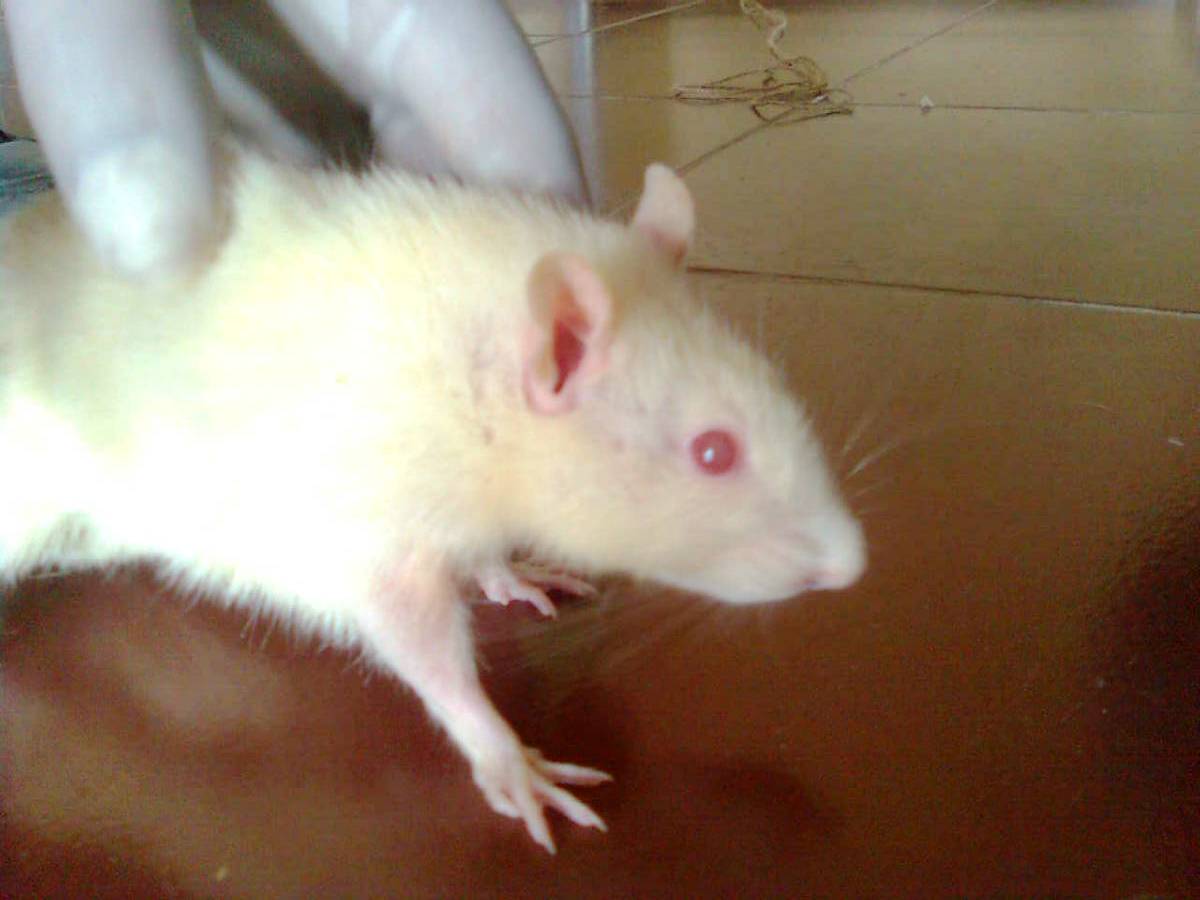



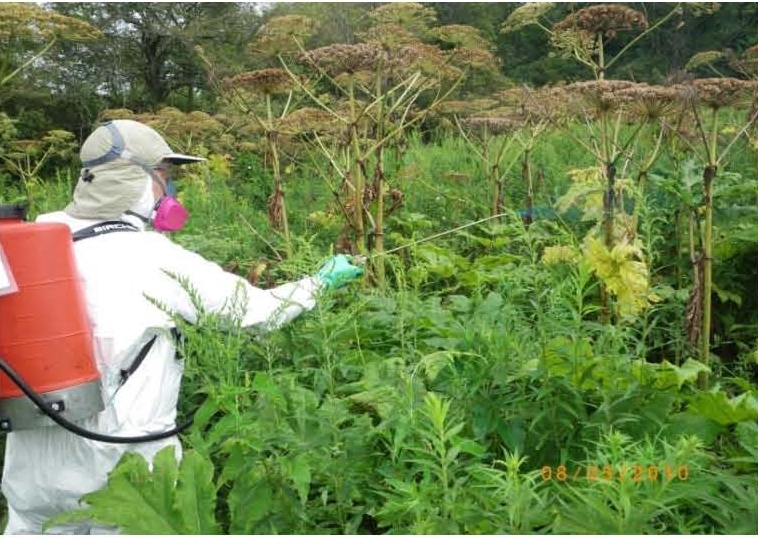


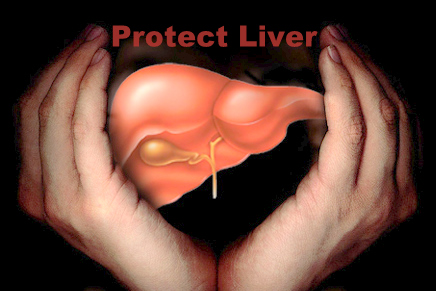
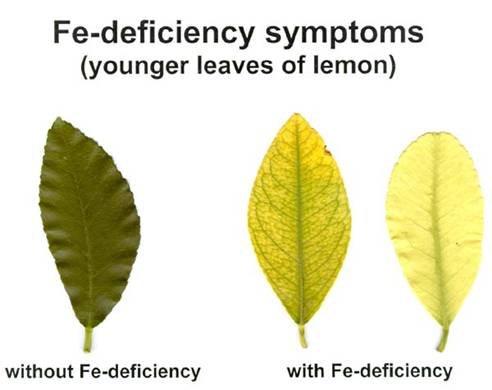

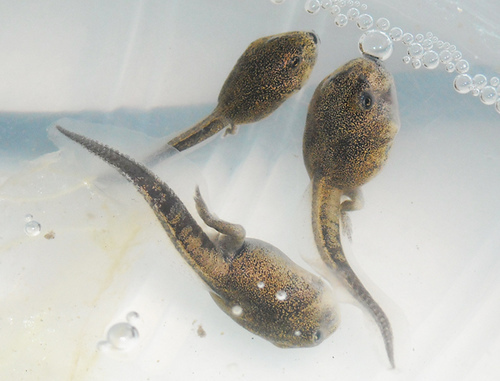
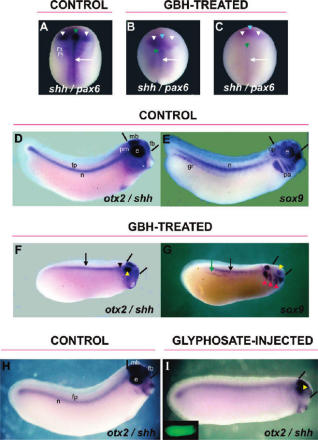




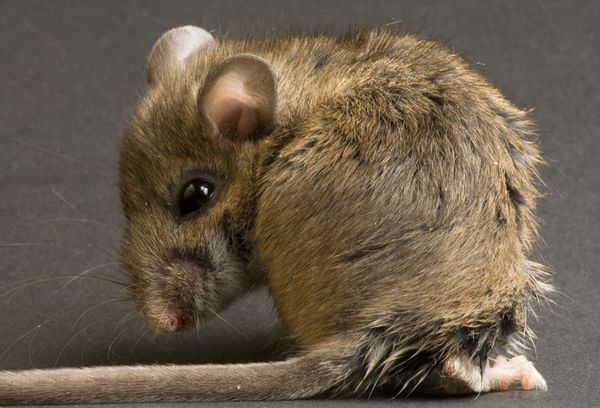
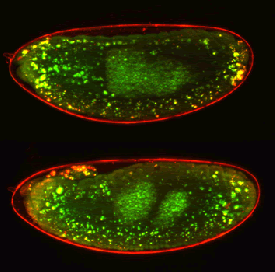
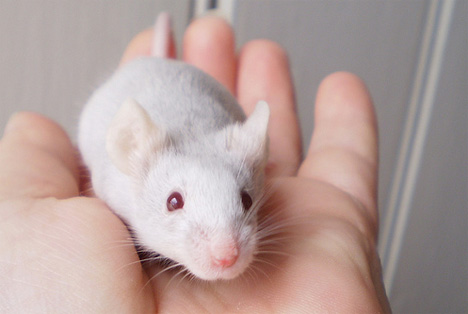





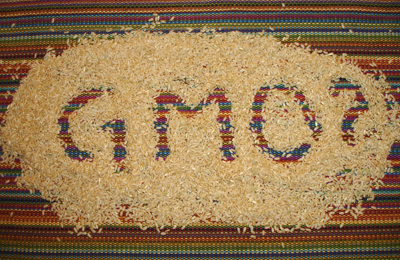


Dear Dr Kruger:
I read the article that GMO may be linked to Non-Hodgkins Lymphoma in humans. I have a 26 yr old daughter that has been battling Non-Hodgkins for 12 years. Radiation chemo stem cell transplants have all failed in killing this ugly monster. I was hoping you might know if there is a way to find out for sure that GMOs have a link to my daughter’s
Lymphoma. If so please advise what we should do.
Thank you so much for your consideration with matter
Sincerely yours,
Marilyn Culbertson
Meeghann’s mom